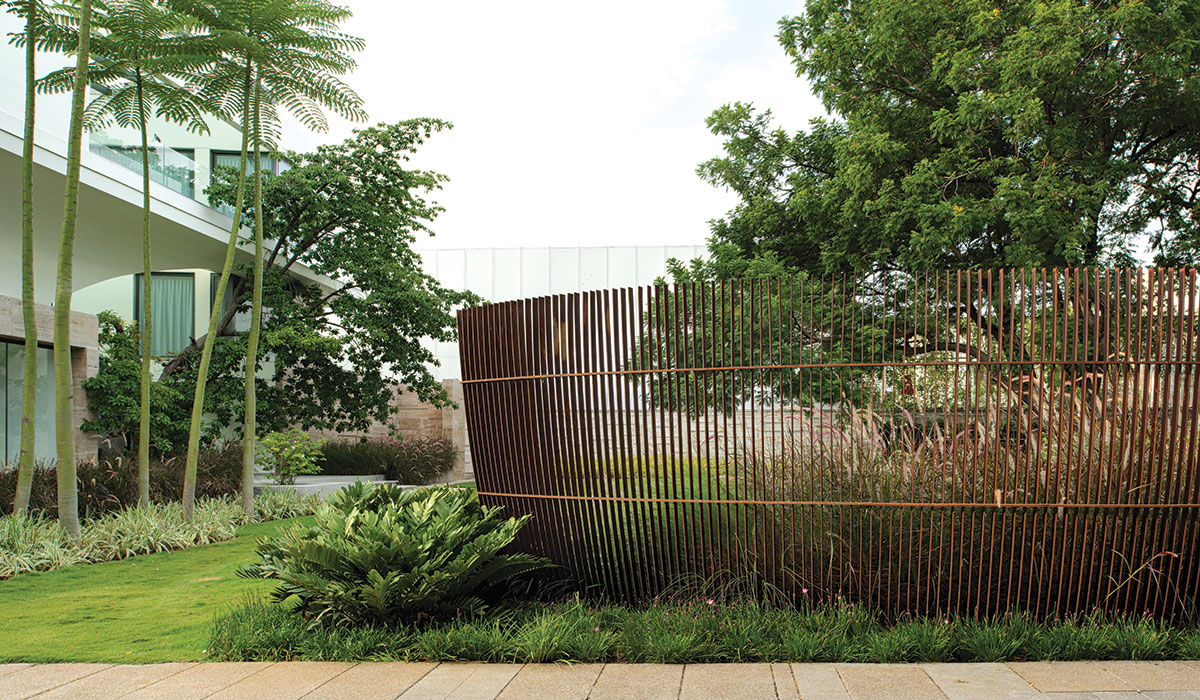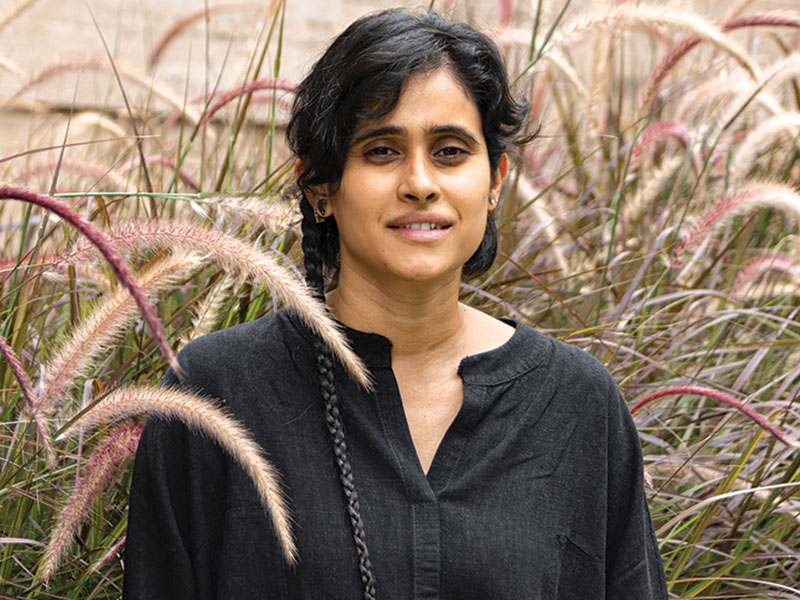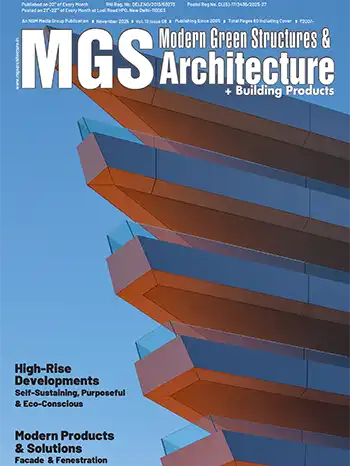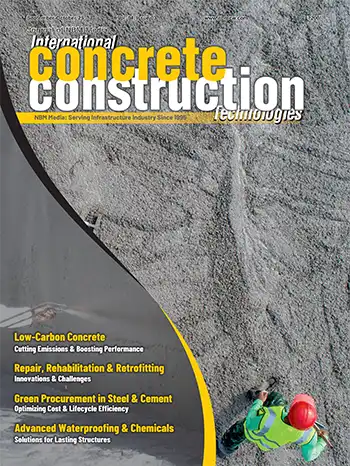There is a shift towards practices that integrate landscapes into the broader sustainability framework of urban and architectural design.
Sowmya Lakhamraju
Water conservation is a priority in landscape design. The use of drought-resistant plants, rain gardens, and efficient irrigation systems is becoming standard. Greywater systems are also being integrated to reuse wastewater for landscape irrigation, reducing dependency on freshwater sources.
Regenerative design is gaining prominence as a method of improving ecosystems. Soil restoration, reforestation, and habitat creation are being implemented to ensure that projects contribute positively to the environment rather than merely minimizing harm.

In hardscaping, locally sourced materials are being used to reduce transportation emissions. Materials like rammed earth, permeable pavers, and recycled aggregates are chosen for their minimal environmental impact and ability to blend with natural surroundings. These choices also support regional economies by involving local artisans and craftsmen.
Outdoor spaces are being designed to accommodate multiple functions, such as work, leisure, and wellness. Courtyards, shaded seating areas, and urban green spaces are created to provide utility while encouraging community interactions. These spaces are carefully planned to ensure accessibility and practical use for diverse purposes.
















